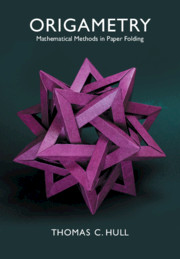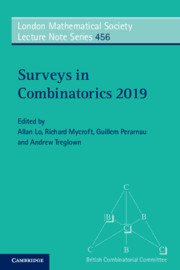For typical optimization problems, the design space of interest
is well defined: It is a subset of Rn,
where n is the number of (continuous) variables. Constraints
are often introduced to eliminate infeasible regions of this space
from consideration. Many engineering design problems can be formulated
as search in such a design space. For configuration design problems,
however, the design space is much more difficult to define precisely,
particularly when constraints are present. Configuration design spaces
are discrete and combinatorial in nature, but not necessarily purely
combinatorial, as certain combinations represent infeasible designs.
One of our primary design objectives is to drastically reduce the effort
to explore large combinatorial design spaces. We believe it is imperative
to develop methods for mathematically defining design spaces for
configuration design. The purpose of this paper is to outline our
approach to defining configuration design spaces for engineering design,
with an emphasis on the mathematics of the spaces and their combinations
into larger spaces that more completely capture design requirements.
Specifically, we introduce design spaces that model physical connectivity,
functionality, and assemblability considerations for a representative
product family, a class of coffeemakers. Then, we show how these spaces
can be combined into a “common” product variety design space.
We demonstrate how constraints can be defined and applied to these spaces
so that feasible design regions can be directly modeled. Additionally, we
explore the topological and combinatorial properties of these spaces. The
application of this design space modeling methodology is illustrated using
the coffeemaker product family.
 $\mathbb{Z}$ coefficients and computations
$\mathbb{Z}$ coefficients and computations

